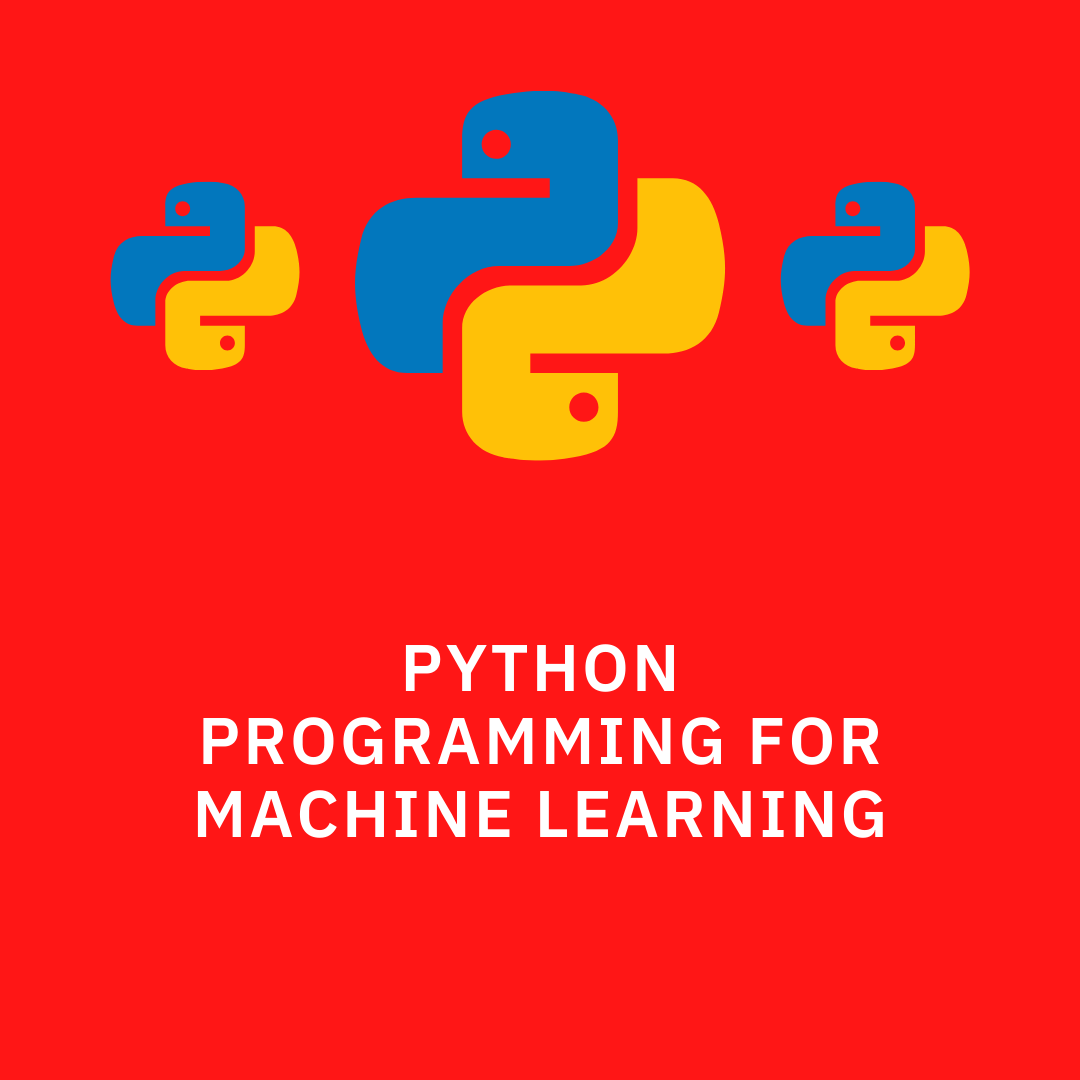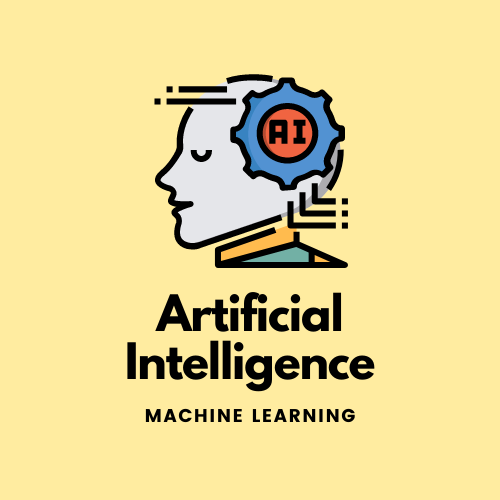Python is a data-oriented programming language. It has become popular with machine learning and artificial intelligence applications because of its large collection of libraries for these tasks. It’s also easy to learn, making it one of the top skills in demand right now.
Python can be used to analyze data, create charts, and more. If you want to begin your coding journey or just want to take your skills to the next level, Python is an excellent starting point!
Table of Contents
- Introduction to Python
- Why Python is Great for Machine Learning
- The Basic Coding Language of Python
- Python Libraries for Machine Learning
- What’s Next?
Introduction to Python
By far, the first thing you need to know about Python is that you need to know how to type it! The word “pythagorean” refers to the number zero as a number and zero as a command! Instead of typing the command “integer” at the end of a line, you type “integer”, followed by a space and then the number.
Python runs on Windows, Mac, and Linux and comes in a variety of versions. For this article, we will be focusing on the version called Python 3. As the name implies, this version is the latest version and is actually the recommended version for beginners.
Python is a language for operating on logical information in a graphical environment. It is a highly interactive language, allowing you to manipulate lists and objects and create functions that have on the order of thousands of variables.
Why Python is Great for Machine Learning
Python is one of the most versatile programming languages available, and it’s quickly becoming an invaluable tool in the machine learning field. Because the programming language is easy to learn and fun to use, it can be a good choice for anyone who’s new to programming or an experienced expert who wants to experiment with new methods and techniques.
Python is also quite diverse, and it supports many different machine learning techniques. While it’s not the only language used for machine learning and artificial intelligence, it is one of the most popular, and many companies are moving to Python as the basis of their machine learning and AI applications.
Python offers many advantages over other languages for machine learning and artificial intelligence applications.
The Basic Coding Language of Python
Python was created by the same man who created Perl. They both have similar syntax.
It is best for beginners, but experts can use it as well.
With this guide, you’ll learn everything you need to know to get started coding with Python. You’ll get the basics for writing your first Python program.
Other Resources You May Find Useful
This is just the first in a series of guides that will teach you how to start coding in the best language for data science.
Why Python?
There are a number of reasons why the programming language is such an ideal language for data analysis. Here are a few of the most prominent ones:
Python is the easiest to learn of the data analysis languages.
Python Libraries for Machine Learning
Machine learning is an important area of technology right now. That means it’s an area where Python has plenty of libraries for you to use. This is particularly true for the data science community. The following are some of the most important ones:
Numpy: a collection of standard mathematical and statistical functions for working with large datasets. Numpy is extremely useful for manipulating and analyzing data.
Pandas: a Python data processing library used for manipulating and transforming data. It’s a favorite among data scientists.
What’s Next?
This collection of projects links below demonstrates just how much you can accomplish with Python. If you’re an aspiring developer who doesn’t want to limit themselves to the small server-oriented projects you can find online, try some of the ambitious ones on Udemy!
Python for Data Science and Machine Learning Bootcamp
Machine Learning A-Z™: Hands-On Python & R In Data Science
2021 Python for Machine Learning & Data Science Masterclass
Machine Learning, Data Science and Deep Learning with Python
These courses will introduce you to fundamental computer science concepts such as variables, loops, and functions. You will build an interactive input field that allows for some basic natural language processing tasks such as simple machine learning, and you’ll do your best to combine different technologies like visualizations, databases, and more to come up with something unique.
















